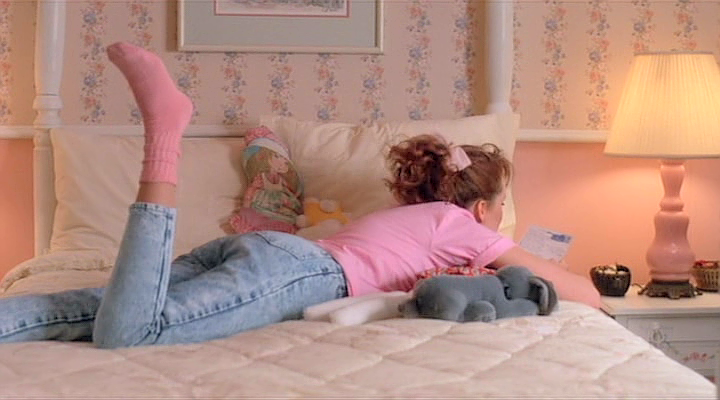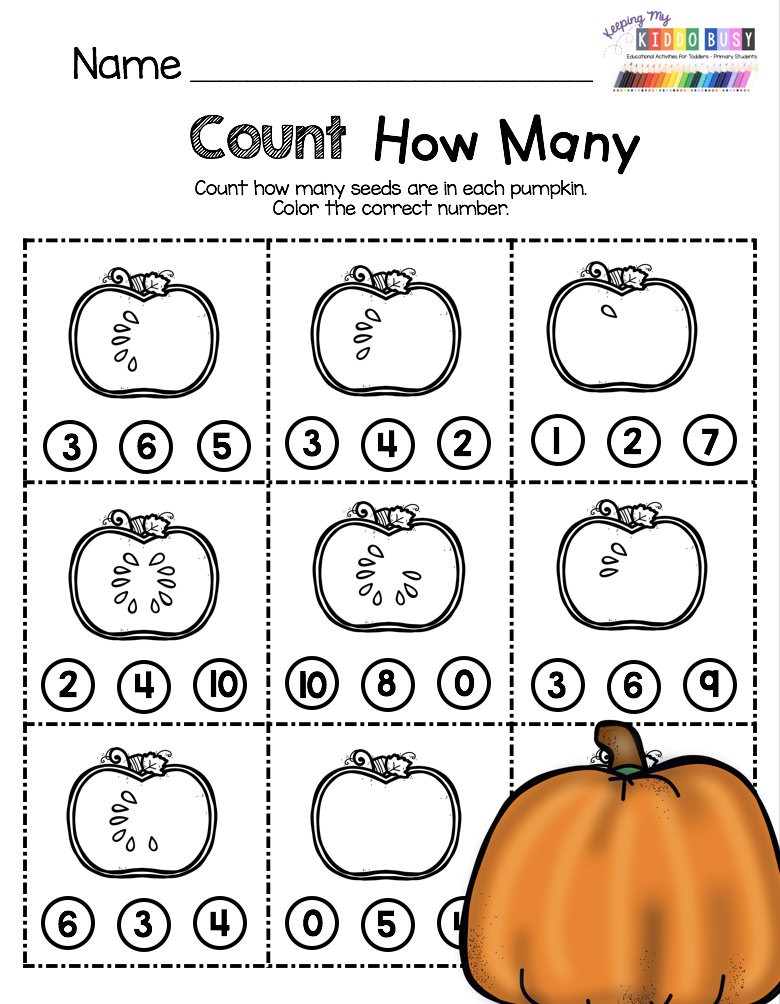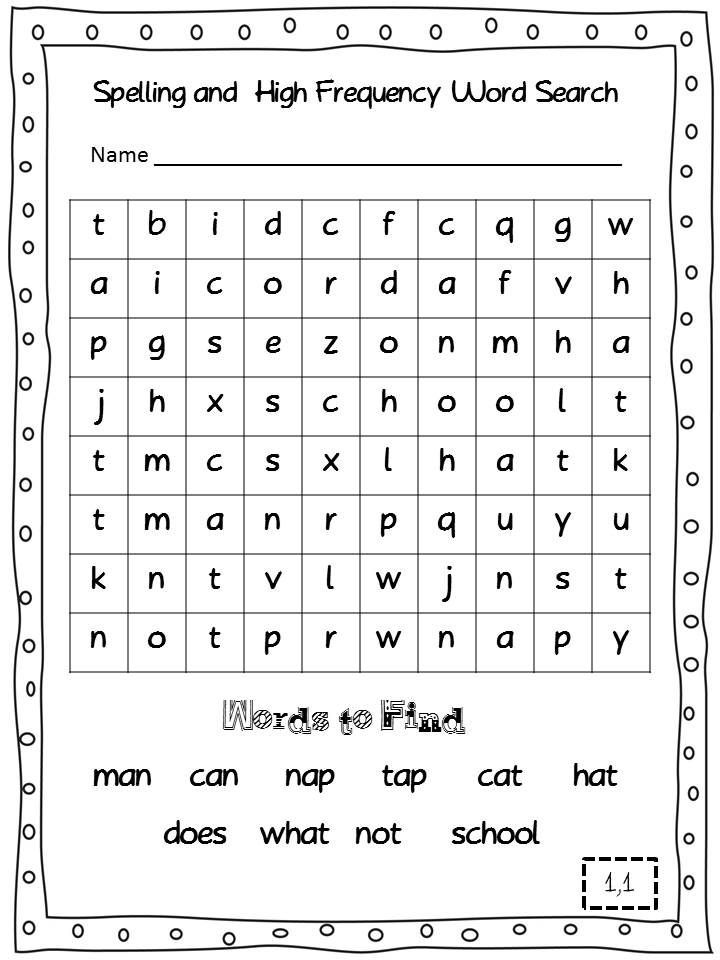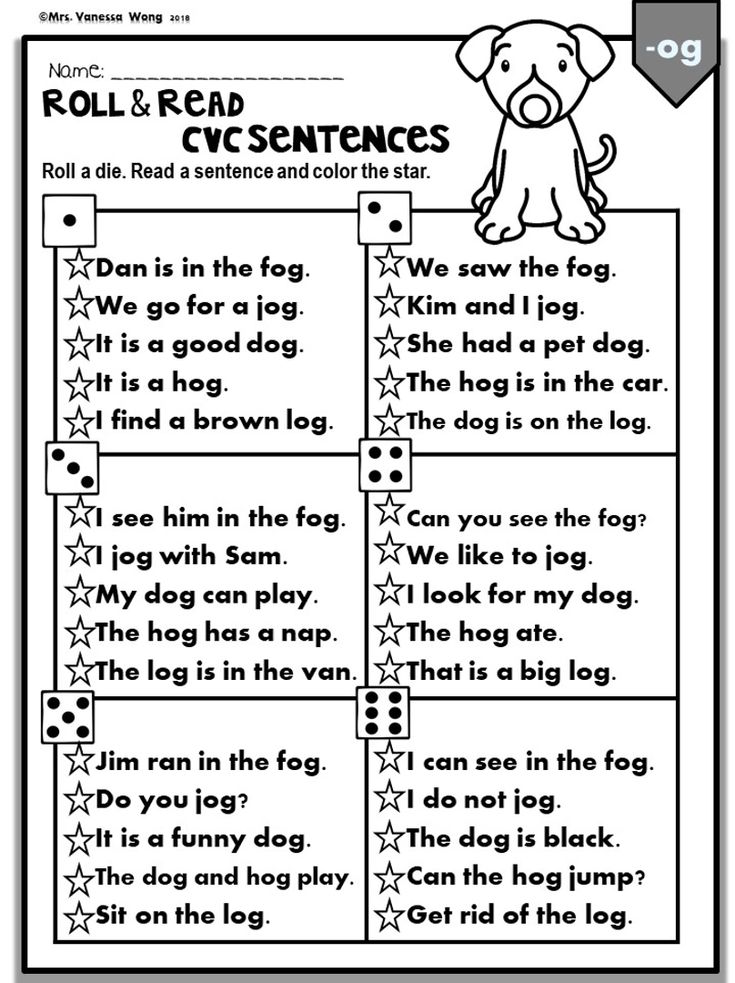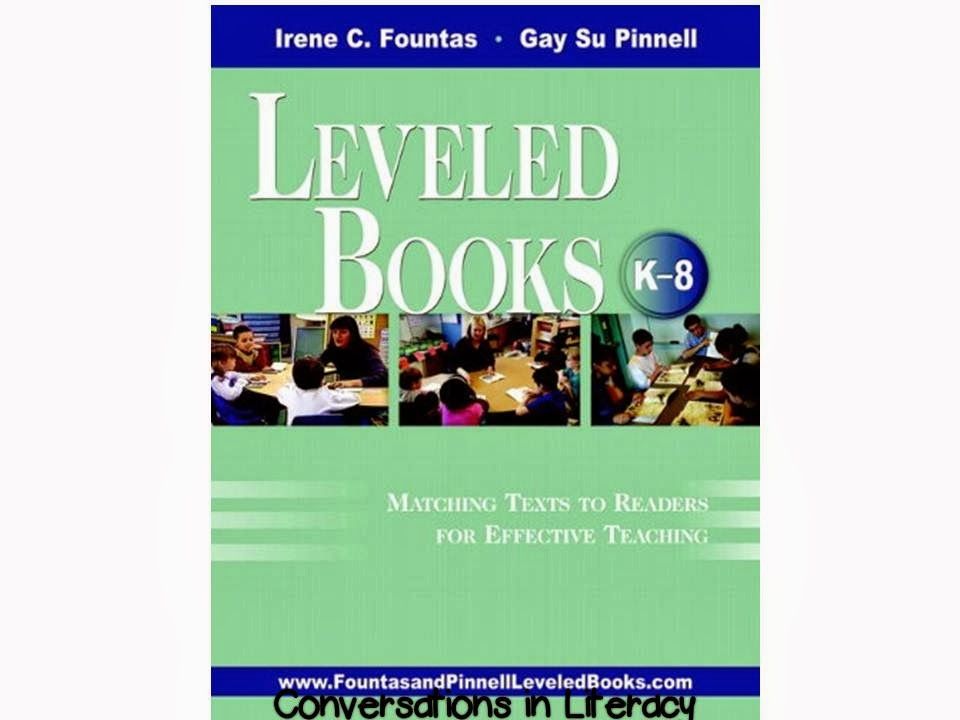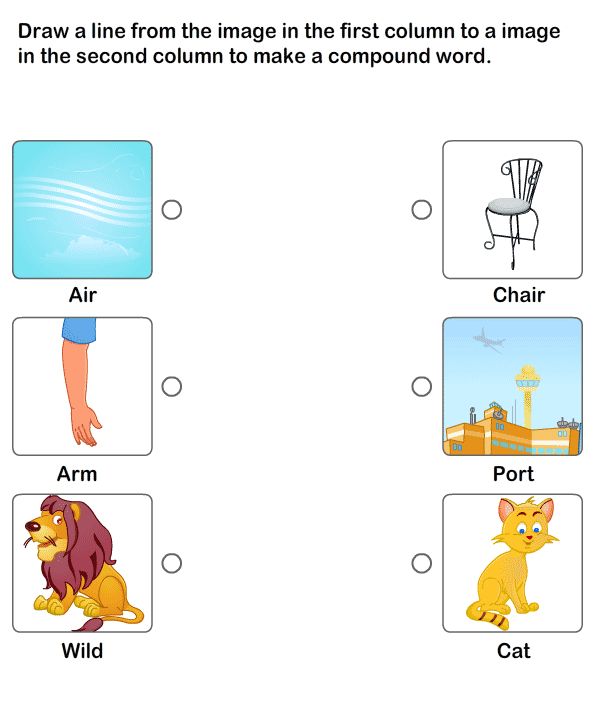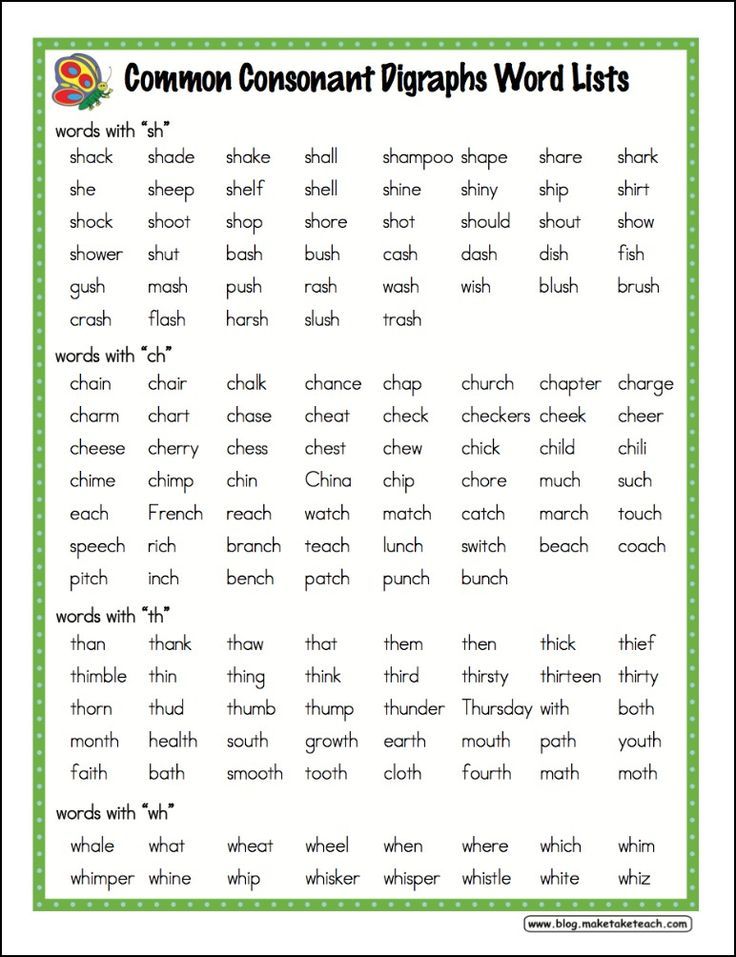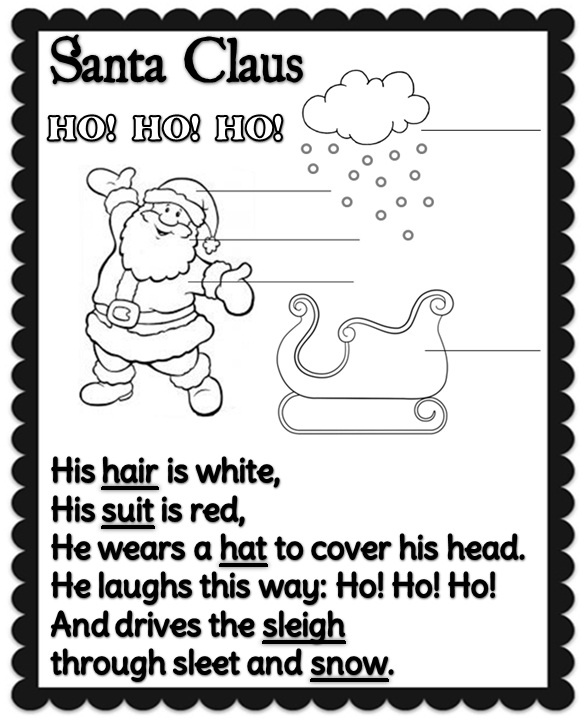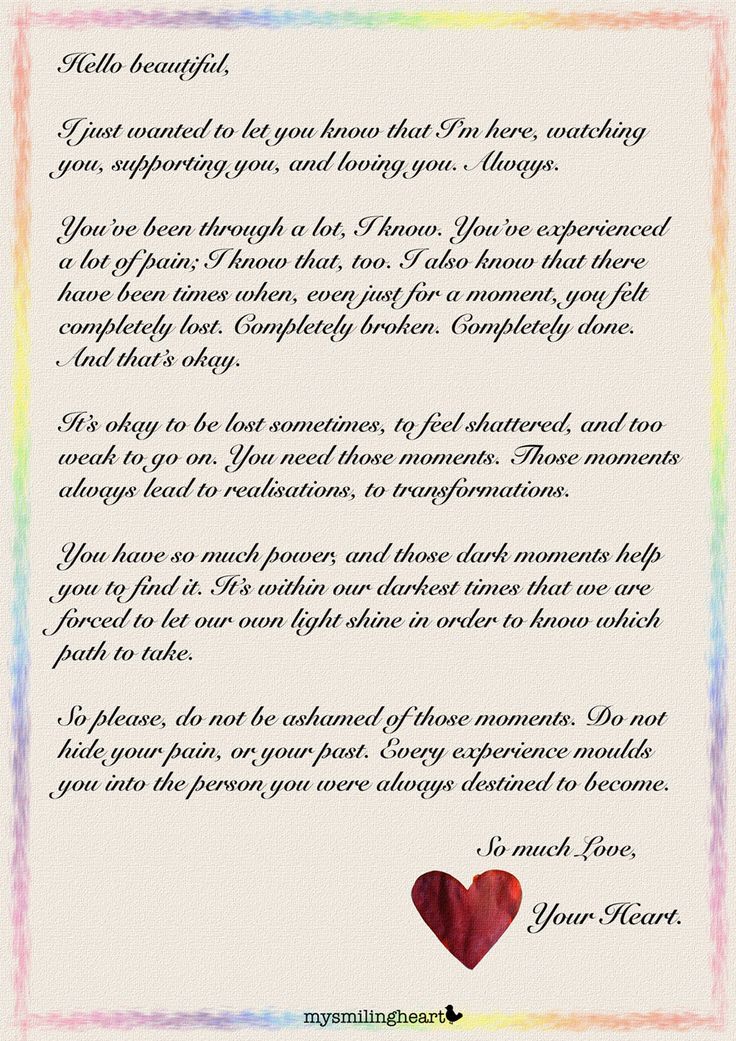Adding for pre k
How to Teach Addition for Preschoolers-The Fun Way
Inside: Teaching addition for preschoolers can feel a big job. Thankfully, it doesn’t take much to make learning fun for preschoolers! After reading this post, you’ll know if your preschool has the necessary foundation to begin addition, and some strategies to make learning addition fun!
I watched him study his teddy grahams. My 4-year-old was enjoying his snack, and had split his teddy grahams in two piles. “Mommy, I have 4 here and 5 here. How many do I have?”
We have been working on counting for a long time and he’s doing great. Now, he’s naturally trying to figure out how many he has if he combines two groups of objects.
As a former kindergarten teacher, I know we have to be careful about jumping ahead before he’s ready. Having a strong foundation of number sense is essential as he learns new math skills.
We also don’t want to introduce him to skills that he’s not ready for. Trying to push kids to learn skills before they are ready could create frustration to the point of hating learning. Some children might not be developmentally ready to learn it, and it could even plant a lifelong belief that they are not capable of learning.
At this age, and really at any age, one of the most important goals is that kids are learning through play, and having fun. It is great to challenge them if they are ready for some more rigorous thinking. We have to challenge them carefully, being intentional to protect the wonder and excitement of learning new things.
What Age Should Addition and Subtracton Be Introduced?
Addition is a kindergarten standard, and typically is introduced in the spring of your child’s kindergarten year. If your child has a strong foundation of counting, number sense, and more/less, you can introduce addition by age 4-5.
The ability to add is not a requirement at the beginning of kindergarten, so if your child is in preschool, don’t put too much pressure on your child (or yourself) to learn to add.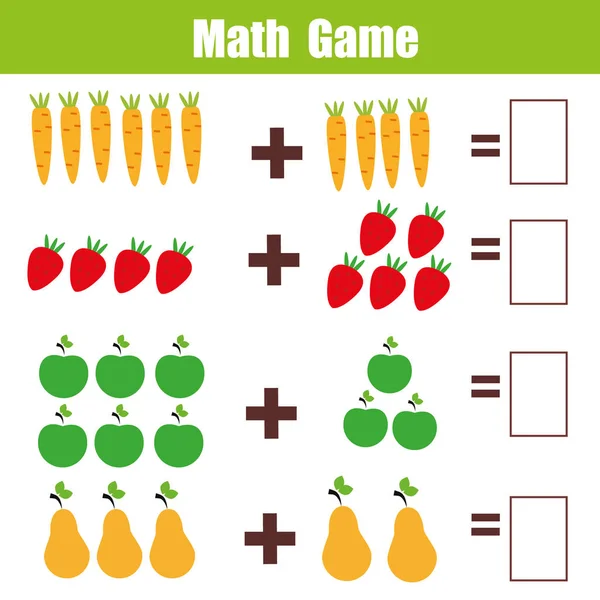 It’s more important to have a solid foundation before moving on.
It’s more important to have a solid foundation before moving on.
What Preschoolers Should Know Before Starting To Learn Addition
There are many foundational skills preschoolers should be confident in before learning addition.
- Counting
- Use “junk tubs” which are tiny containers filled with miscellaneous items. Have your child take a handful and count them, sort them, and make a pattern. Put it back and take a new handful. The next day, do the same activity but with a different item. At this age, new items to count are basically a whole new activity.
- To make your own junk tubs, just collect items around your house that you could put into small containers. Your goal, in the beginning is that their small handful would be less than 20 items. (If you think it will be more than 20, just put 20 items in each tub to start with.)
- Some ideas are:
- pom-poms
- different types of macaroni
- keys (You know, the ones that you have no idea what they go to anymore)
- gift cards (which are surprisingly good for sorting)
- a bag of rocks from the dollar store
- circle caps from applesauce pouches
- cubes
- seashells
- plastic animals
- buttons
- dyed beans
- dyed pumpkin seeds
- Some ideas are:
- Count Throughout Your Day
- Count the number of your child’s steps from their room to the kitchen, as you go down the stairs, to the car, etc.
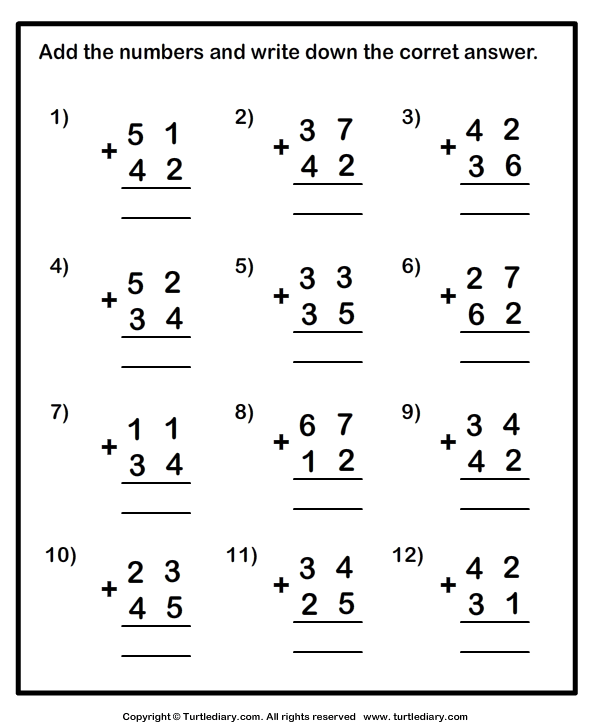
- Ask your child to count how many socks came out of the dryer as they are helping with laundry.
- Have your child count how many of a certain toy they have. (Aim to keep the number less than 20.)
- Count the number of your child’s steps from their room to the kitchen, as you go down the stairs, to the car, etc.
- One-to-One Counting
- When a child is first learning to count objects, I always teach them to move each item as they count it instead of just point and count. If they move the item and make a new group, it is easy to tell which items have already been counted and avoid counting the same item twice. One-to-one counting is only saying one number as they move one item. The alternative is counting at a different pace than they are moving items. For example, move one bean while saying “one,” move the second bean while saying “two,” move the third bean while saying “three,” instead of move one bean while saying “one, two, three,” move the second bean while saying “four, five, six,” etc.
- Cardinality
- This is understanding the last number you say when you are counting is how many items you have in your set.
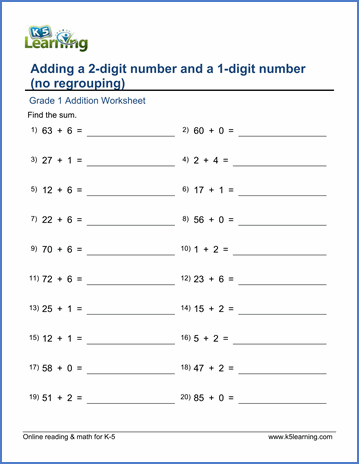 Sometimes when young children are counting, they think they are “naming” each item. After they are finished counting if you ask them how many they have, they look at you with a confused look on their face as if to say “How should I know?” They think they have given the last item they counted the name of “six” instead of understanding the have a group of six. To practice this, when your child is finished counting a group, simply ask them “How many are here?” When I ask that question, I usually touch the whole group of items the child has just counted so they know I am asking about the entire group.
Sometimes when young children are counting, they think they are “naming” each item. After they are finished counting if you ask them how many they have, they look at you with a confused look on their face as if to say “How should I know?” They think they have given the last item they counted the name of “six” instead of understanding the have a group of six. To practice this, when your child is finished counting a group, simply ask them “How many are here?” When I ask that question, I usually touch the whole group of items the child has just counted so they know I am asking about the entire group.
- This is understanding the last number you say when you are counting is how many items you have in your set.
- Number Recognition (0-10)
- My son first started getting interested when I was cooking and would let him press the numbers on the microwave. I would tell him “Press the 5.” He was excited when he started learning what numbers to press when I asked him to. The idea with this is to sneak numbers in whenever an opportunity arises. When we are in an elevator, I tell him what number to press and give him a minute to figure it out.
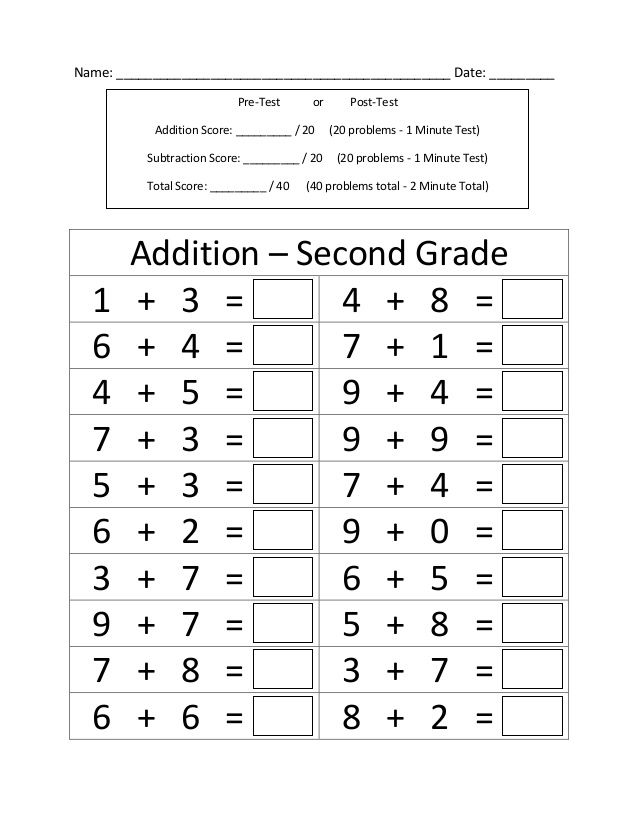 Our van has a large digital clock that he can see from his car seat, so we talk about numbers when we are in the van. We talk about clocks, the numbers on remotes, the numbers on our mailbox. Anywhere you see numbers, point them out and have your child tell you what number they see.
Our van has a large digital clock that he can see from his car seat, so we talk about numbers when we are in the van. We talk about clocks, the numbers on remotes, the numbers on our mailbox. Anywhere you see numbers, point them out and have your child tell you what number they see. - We love to play with magnetic numbers on the fridge, foam numbers in the bath, and a puzzles with numbers.
- Once your child can recognize numbers, have them grab a pile of items from your junk tub, count, and match a number. For instance, if they have a pile of 6 things, they match it with the number 6. Use pre-made numbers at first. This could be numbers you have written on a post-it or index card, or magnetic numbers, foam bathtub numbers, numbers from a puzzle, etc.
- My son first started getting interested when I was cooking and would let him press the numbers on the microwave. I would tell him “Press the 5.” He was excited when he started learning what numbers to press when I asked him to. The idea with this is to sneak numbers in whenever an opportunity arises. When we are in an elevator, I tell him what number to press and give him a minute to figure it out.
- Greater Than, Less Than
- The terms “greater than” and “less than” can be confusing…. until you introduce the concept using cookies (or something your child loves) as an illustration. It isn’t necessary to introduce the symbols yet.
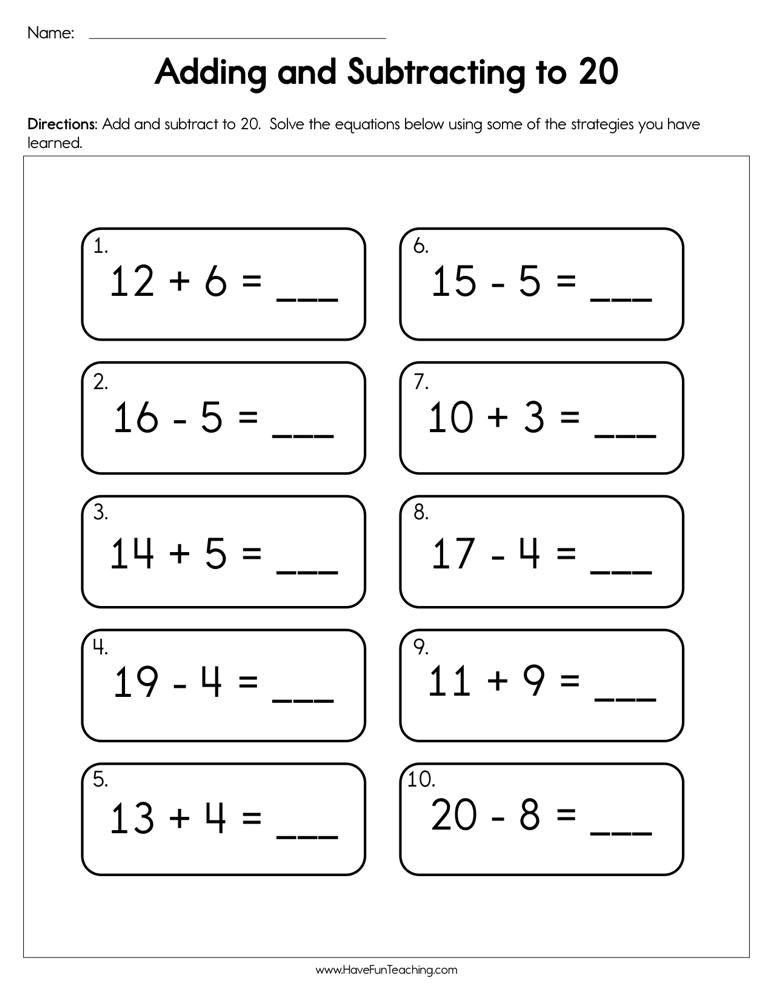 “There are two piles of cookies, but we have to pick one! Which one do you think he wants? This pile has 10 cookies but my second pile only has one cookie.” Of course, the child will pick the pile with more. Discuss the terms more and less.
“There are two piles of cookies, but we have to pick one! Which one do you think he wants? This pile has 10 cookies but my second pile only has one cookie.” Of course, the child will pick the pile with more. Discuss the terms more and less. - Use these terms during play. Do you have more red or blue blocks? Do you have more socks or shoes? What about trucks or cars?
- The terms “greater than” and “less than” can be confusing…. until you introduce the concept using cookies (or something your child loves) as an illustration. It isn’t necessary to introduce the symbols yet.
- One More, One Less
- After your child has mastered counting, you can introduce the idea of “one more” and “one less.” When they have finished counting a group of objects, add one to their pile and ask “How many do you have now?” Often, they will have to recount the entire group. This is ok. Keep working on it until they do not have to count the entire group.
- Next, repeat the same activity but instead of physically adding an object to their pile, just ask them “What is one more?” “What is one less?”
Are you tired of hearing “It’s TOO HARD!” followed by a meltdown?
Using this one simple phrase you’ll get in this powerful lesson, you’ll not only be able to help your kiddo not give up but you’ll:
>Activate their superpower of perseverance so that they can turn around a meltdown and keep trying
>Inspire them to use perseverance…even when it’s hard
>Teach them to recognize the warning signs of giving up, and how to turn it around by taking control of their choices.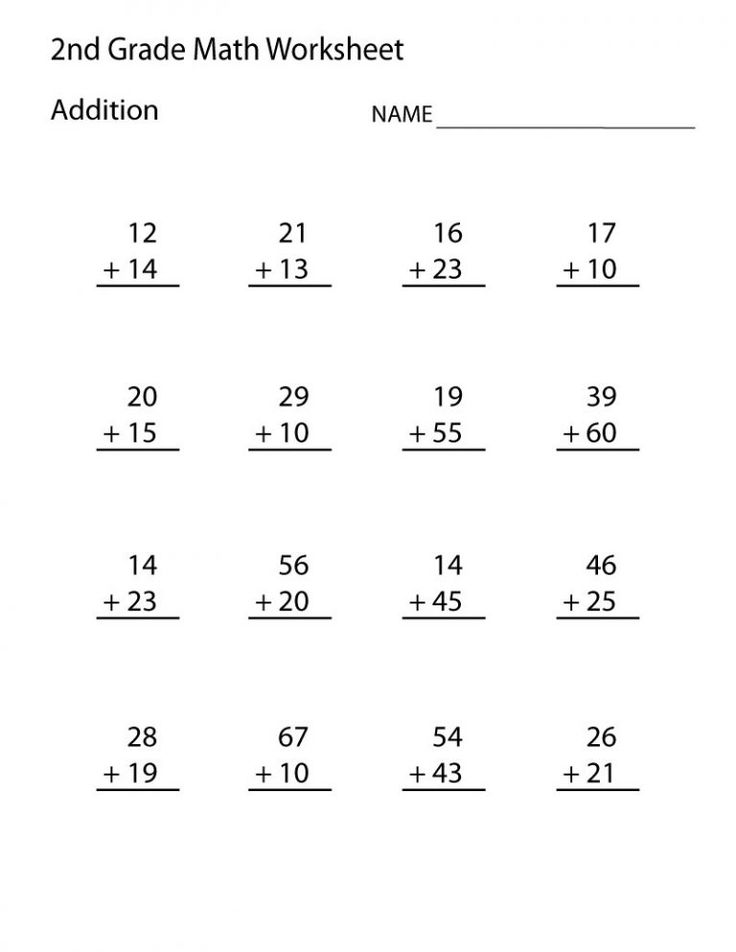
Grab your powerful FREE video lesson to teach your kiddo one of the most powerful keys to perseverance.
How Do You Explain Addition to a Preschooler?
Use concrete objects (like items from the junk tubs above), make two piles. Move each object to a new (combined) pile while counting. At the end ask your child “How many do you have when you put both groups together?”
Start with numbers that will add up to less than 5. Once your child understands the concept of addition, you can go up to 10.
Don’t worry about writing (or reading) equations when first starting out.
Activities That Teach Addition To Preschoolers
Addition is a big topic to begin teaching your preschooler, but if your child has a solid foundation learning addition will come easily. Start with concrete objects. The more children are able to touch and manipulate toys, the easier it will be for them to learn what they actually are doing by adding.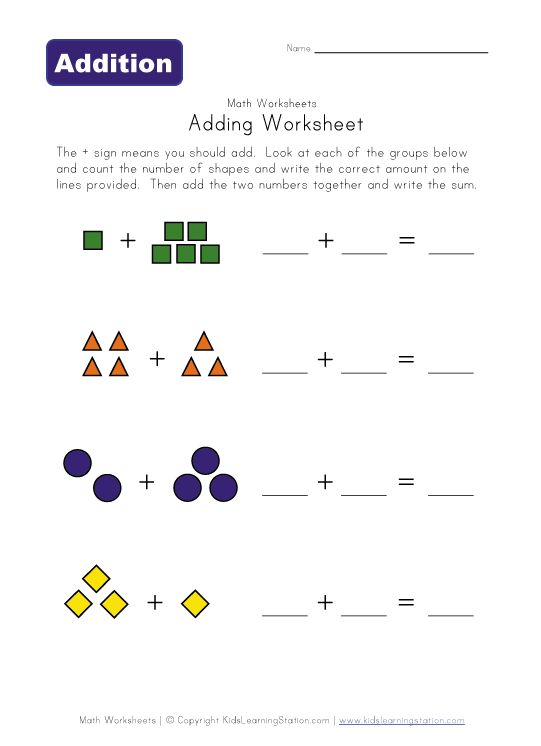
- Start with having the child complete sets with numbers up to 5. For example, if you have 3 counters, but want 5 how many more do you need? This can also be explained as “counting on.” In the beginning, always have your child physically do this.
- After your child is comfortable with making numbers to 5, have them make numbers to 10.
- Next, you can start working on addition to 5. Don’t worry about introducing the symbols yet. You can either verbally tell them what to add, or they can roll a dice. If you choose to roll a dice, use tape or stickers to cover up the 4, 5, and 6, and draw 1, 2, or 3 dots over them.
When teaching addition to preschoolers, be sure to spend a lot of time on each step before moving on to the next step. At this age, kids very rarely get bored with these activities. Having them do the same activity with different manipulatives feels like a whole new activity.
Even after you think they understand what they are doing, have them keep practicing.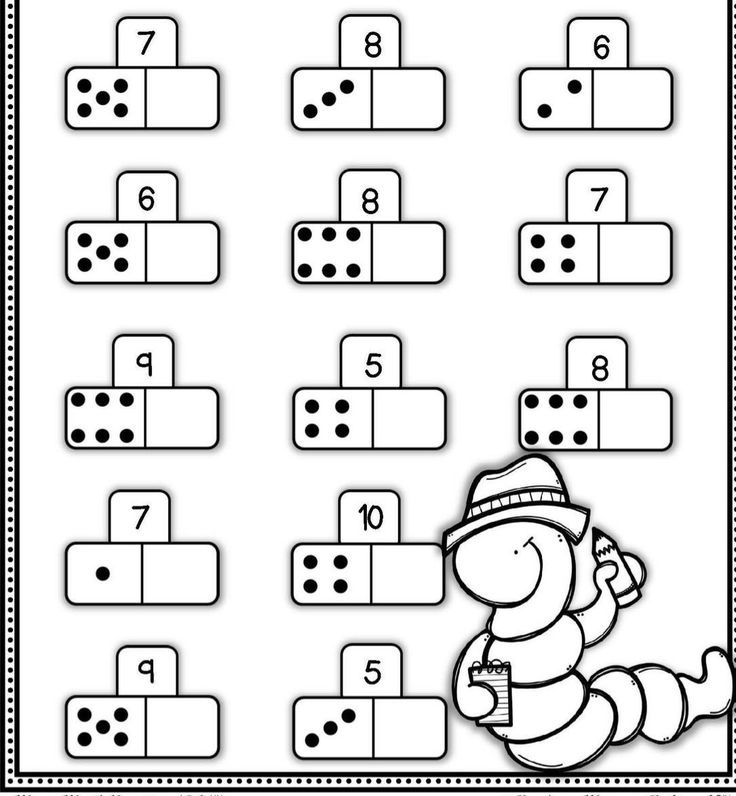 It’s important that they have a solid foundation before moving on to the next thing. These basic skills they are learning will be the basis of their math learning for their entire lives.
It’s important that they have a solid foundation before moving on to the next thing. These basic skills they are learning will be the basis of their math learning for their entire lives.
Dice Addition
Take two dice, and cover the numbers 4, 5, and 6 with stickers. On those stickers draw 1, 2, and 3 dots. Have your child roll both dice. Get physical objects to represent the numbers rolled. If you rolled a 2 and 3, make a pile with 2 objects, and 3 objects.
Count all objects, moving each item to a new (combined) pile as you count. How many do you have altogether?
Any game that uses dice is great practice for subitizing, which is important for more advanced math skills.
Flash Card Addition
Similar to the game above, use flash cards instead of dice. Make a deck of cards with 1, 2, and 3’s. Use a combination of written numbers and dots. Represent the numbers different ways. Write the number 2 on one card, draw 2 flowers, and draw 2 dots. Draw two cards, and make piles of physical objects to represent the numbers rolled.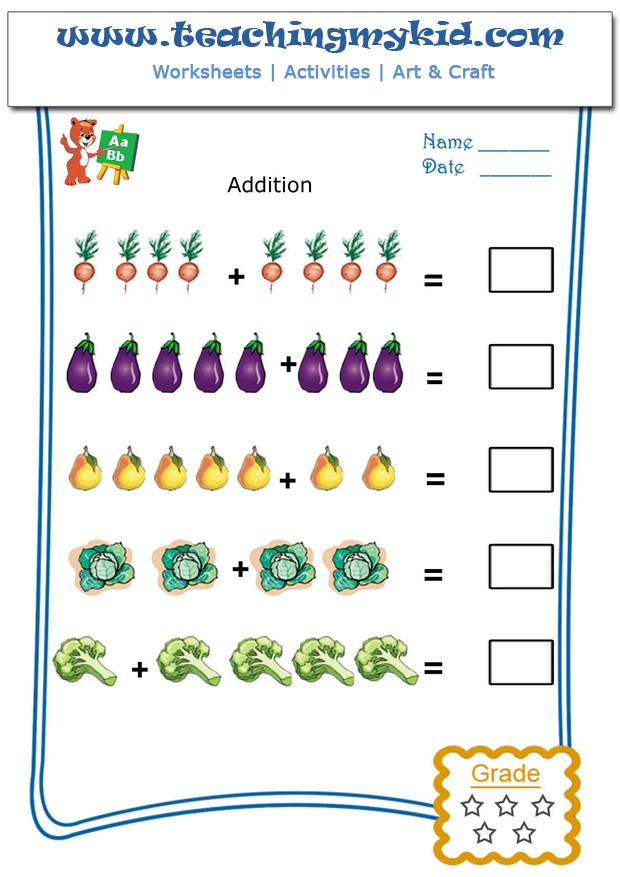 If you rolled a 2 and 1, make a pile with 2 objects, and 1 objects.
If you rolled a 2 and 1, make a pile with 2 objects, and 1 objects.
Count all objects, moving each item to a new (combined) pile as you count. How many do you have altogether?
Games
As an Amazon Associate, I earn from qualifying purchases at no additional cost to you.
Sum Swamp
This is a fun way to practice beginning addition skills. You race through the swamp, while meeting fun swamp creatures. You will still want to use physical objects when solving addition problems.
Pop! Addition & Subtraction Game
Spin the spinner and keep the gumballs for correct answers. You will still want to use physical objects to solve addition and subtraction problems.
Board Games
One of my favorite ways to practice addition is to add a deck of cards to any board game. Make your own deck of cards, and instead of writing 2+3 on the card, make a group of 2 triangles on the top, and a group of 3 triangles on the bottom. (Make cards for all different combinations up to 5).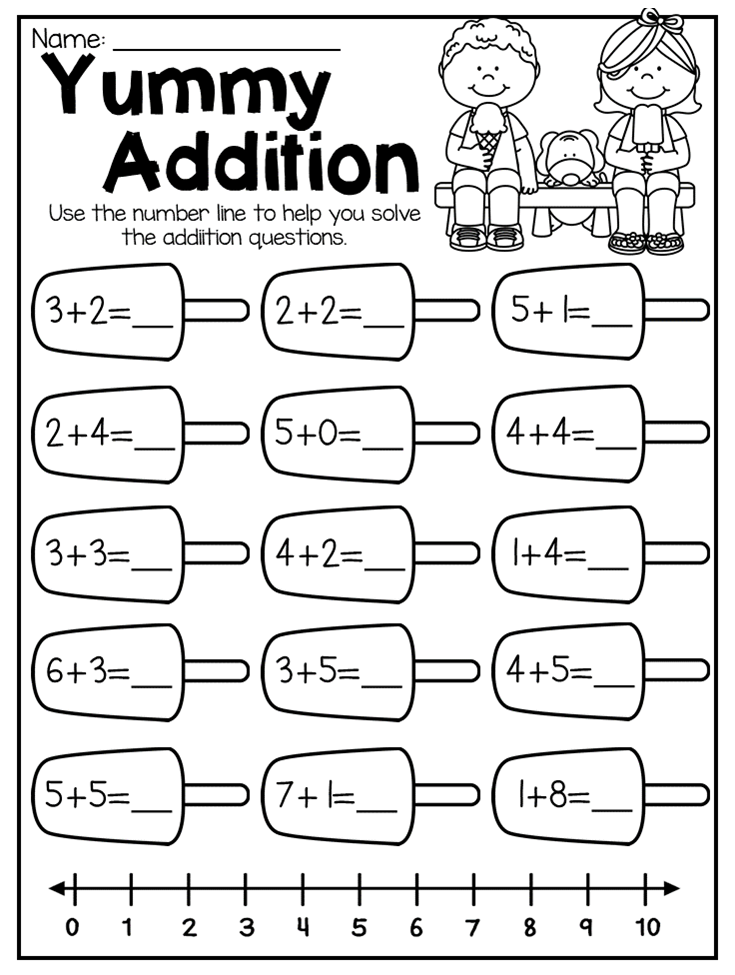
When playing your favorite board game, everyone has to draw an addition card before their turn. When your child draws a card, they can count the groups to find out how many altogether. You may even need your child to check your answers to make sure you are adding correctly!
Monster Under the Bed
This game is very popular with kindergarteners! Using an egg carton, cut the lid in half but leave both halves attached. Tape one half down so it can’t be opened. Put 5 buttons or pom-poms in the egg carton and close the whole lid. Shake. Open the lid. If you only see 2 pom-poms, how many are under “the bed?”
This game helps with number combinations. Start with 5, and once your child gets really comfortable with those, increase the number by 1.
Visualize This…
When teaching addition, don’t use the terms “plus” or “equals.” State the equation as “three and two is the same as five.” Eventually you will use those terms but when you are starting out, replacing the word “plus” with “and” better communicates the physical act of what you are doing.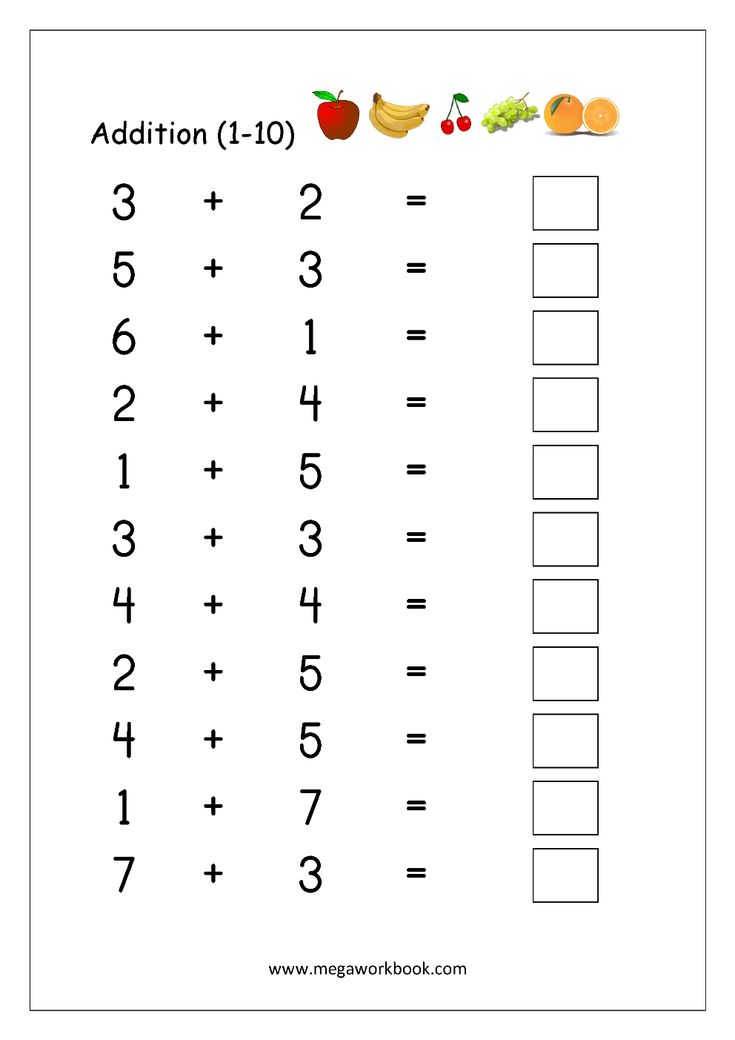
Saying “is the same as” instead of “equals” helps set up the child for future math problems. In school, children are starting to see algebraic problems earlier and earlier. They need to see a math equation more as a balance scale with both sides balancing out. The middle would be an equal sign.
Take Away the Pressure
Kids will not be required to know addition when entering kindergarten. Knowing addition but not having a good foundation will hurt them in the long run. Wait until your child has a strong foundation and is curious enough about numbers to be excited and engaged to learn! Keep it fun and enjoy time playing games together, or simply adding your teddy grahams.
Want More?If you liked this, you’ll love:
13 Genius Dot Stickers Activities That Will Delight Preschoolers
6 Simple Activities To Do With Preschoolers At Home
6 Ways to Teach Subitizing and Strengthen Number Sense
Your TurnWhat are your favorite activities for teaching addition?
Addition Activities and Centers for Pre-K and Kindergarten
This post contains affiliate links for your convenience.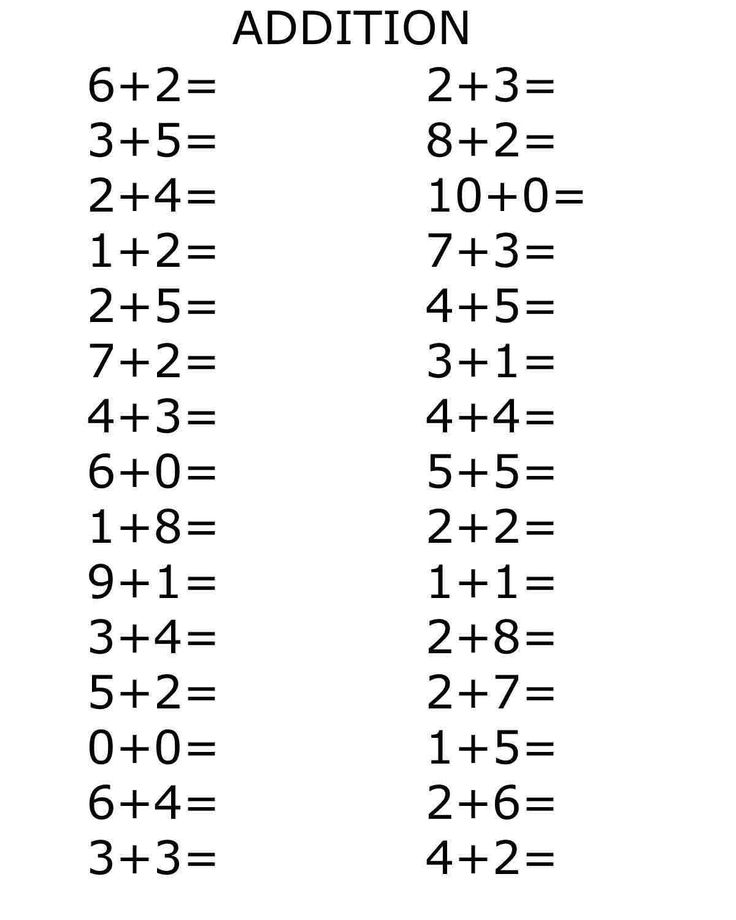 View our full disclosure policy here.
View our full disclosure policy here.
Addition in a Pre-K and Kindergarten classroom is filled with manipulatives and hands-on learning as we help our students understand the concept of what addition is. That’s why this pack of Addition Activities and Centers for Pre-K and Kindergarten is perfect for your classroom. These activities are engaging for your students and low-prep for you!
*You can grab these fun centers right now in our shop, or hop on over to purchase them on Teachers Pay Teachers!
Addition Activities and Centers
After building strong number sense, the next skill Pre-K and Kindergarten kiddos work on is addition.
Having a strong addition foundation is extremely important! Math fact fluency affects student performance in other math skills later in their education. If children don’t know basic math facts, it is hard for them to learn more complex skills.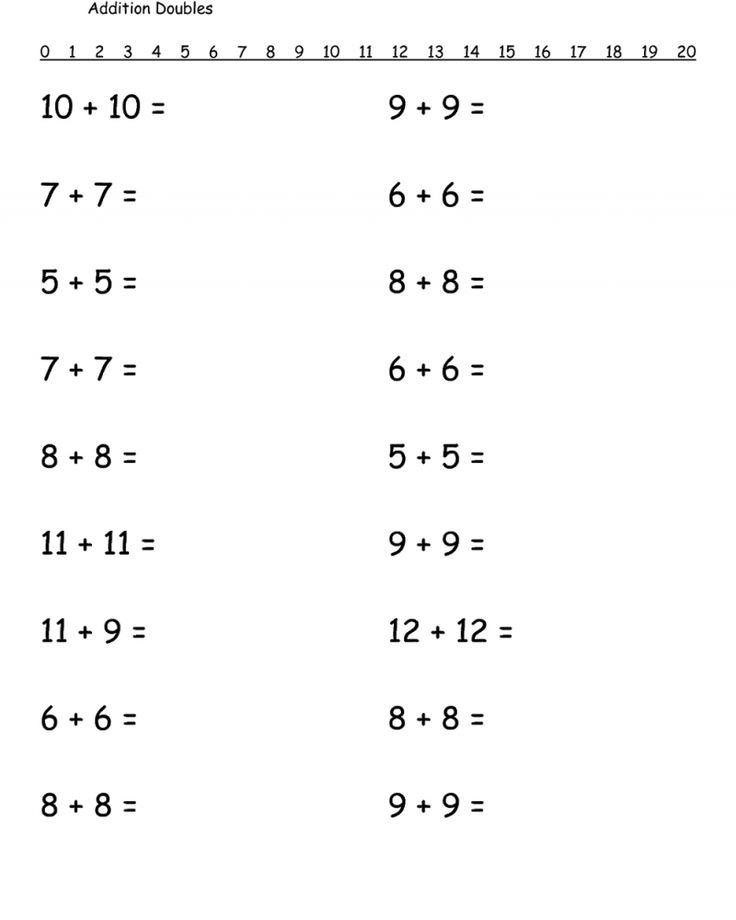
That’s why I love that my students get so excited to practice their math facts with these addition activities.
What’s Included?
This resource is full of activities to help your Pre-K and Kindergarten students with addition (sums to 5 and 10). With over 170 pages of activities that are low-prep for you and super fun for your students, you will love this resource!
These addition activities are NOT themed to any specific holiday or month, so you can use them any time of the year.
But if you’re looking for themed centers to add to your teacher toolbox, I have a great bundle of Themed Math and Literacy Centers that you will love!
Check out a few of the activities in this addition resource pack below…
Cupcake Sprinkle Sums
This Cupcake Sprinkle Sums activity will have your kids begging to practice addition.
Students get to add “sprinkles” to cupcakes in this fun and simple addition game.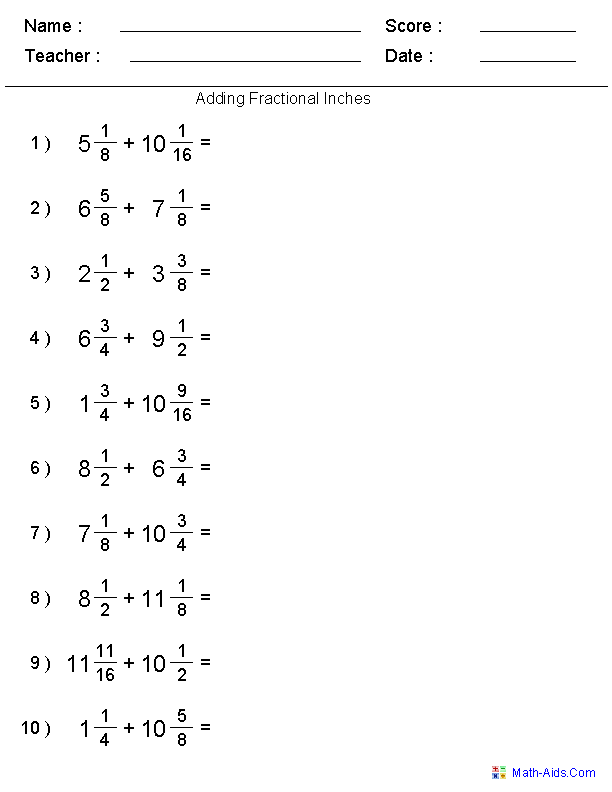 They roll the dice and build the addition sentence on the cupcake frosting by drawing sprinkles, then record their equations.
They roll the dice and build the addition sentence on the cupcake frosting by drawing sprinkles, then record their equations.
Print and laminate the recording sheets for sturdiness, and use them for years to come! Give your students dry erase markers to draw on their sprinkles and write their equations.
Domino Hunt
My students love this Domino Hunt addition game, and it couldn’t be easier to prep for your centers or small groups. Simply print out the domino sorting mats (I like to laminate them), and have students sort dominoes by their sum!
You can play this a couple of different ways. Students can hunt for a specific domino sum (ie. look for all the dominoes that add to equal 5), or you can line up the sorting mats for different sums and have students sort all of the dominoes onto the correct mat.
Don’t have dominoes? Don’t worry! I have included a printable dominoes sheet with this activity.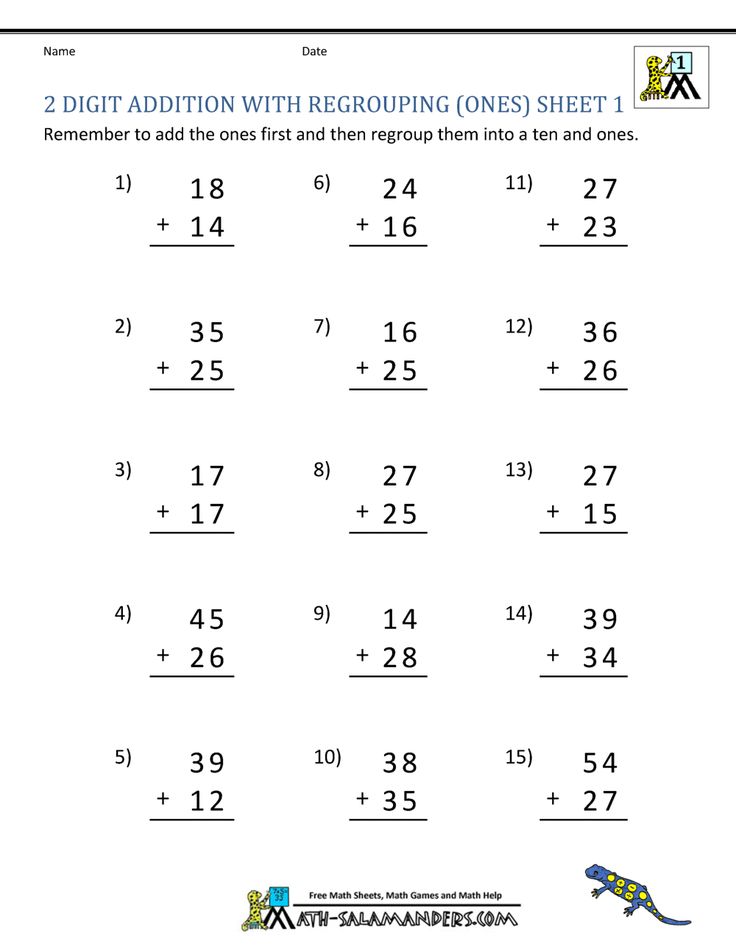
Stack It!
Stack It is a fun and low-prep addition activity. Kiddos will use unifix cubes and build the number sentences on the Stack It mat to solve.
There are two levels of play included. Students can build sums to 5 or 10, so differentiation is a breeze!
Even More Activities!
These are just a few of the activities included in the Addition Activities and Centers pack. But there’s more!
Take a peek at the rest of the activities in this amazing pack of resources:
- Addition Cards (for 4 different manipulatives – beads, links, cubes, bricks)
- Pocket Chart Addition Sort
- Cupcake Addition Cards
- Teddy Bear Addition (sums to 10)
- Puppy Paws Addition (sums to 5)
- Gumball Addition Mats
- Black and white copies of every activity!
This pack will have your kiddos mastering addition skills!
Grab Your CopyReady to grab these incredible Addition Activities and Centers for your Pre-K and Kindergarten classroom? Click the big, yellow button at the bottom of this post!
If you love these addition activities, you will definitely want to grab our Pre-K and Kindergarten Centers by Skill BUNDLE! This incredible bundle includes the Addition Activities and Centers as well as 14 other math and literacy packs that will help you rock your centers.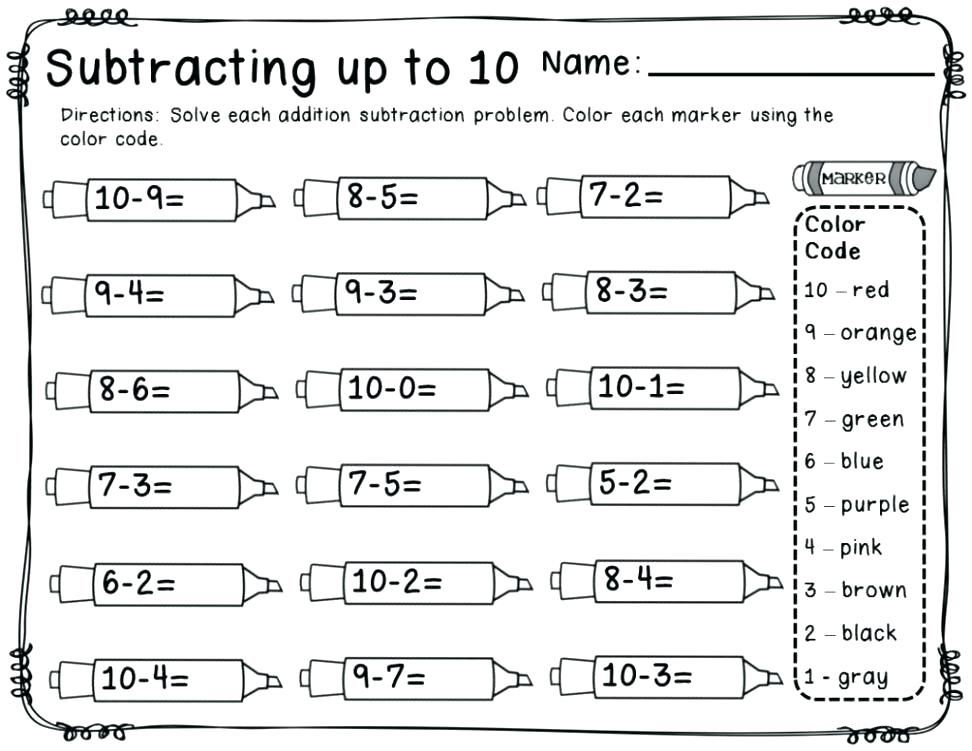
Of course you could purchase each pack separately, but if you grab this amazing bundle you can save BIG!
Want unlimited access to even MORE of our activities and resources?Then be sure you request your invite so that you can be the first to hear when the doors open again for our Print and Play Club!
With instant access to hundreds of printables by topic and skill (no more scouring the internet!), every TKC resource, video lessons, a digital games vault, “Super” Sunday Surprises, and much more – your planning time just got easier.
Request your invitation below for more info!- Author
- Recent Posts
The Kindergarten Connection
Alex and the TKC team work together to bring you the best resources and activities for Pre-K and Kindergarten. It is our hope that this content helps you stress less and gain confidence in your classroom.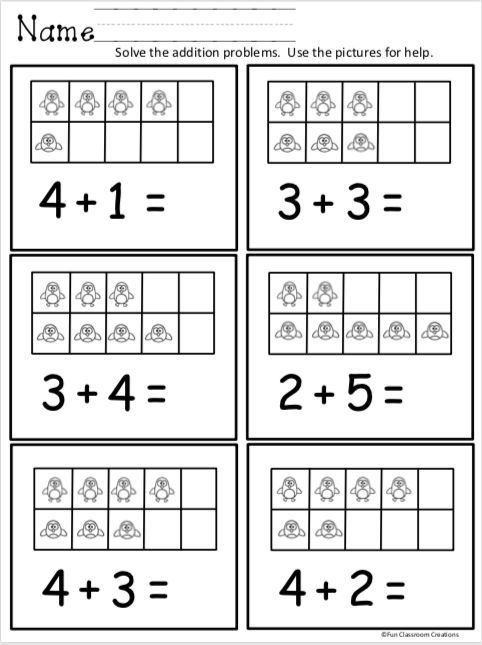 Visit Alex on Instagram @thekindergartenconnection for more content and behind the scenes.
Visit Alex on Instagram @thekindergartenconnection for more content and behind the scenes.
Latest posts by The Kindergarten Connection (see all)
Rules for endings in English ing, s, es, ed
Test your English and get learning tips
Check it for free
207.2K
There are not many endings in English, but each of them carries an important grammatical load . You can easily learn the simple rules for using the endings ing, s, es, ed in English words.
English test
Find out your level, get learning tips and a promo code for English lessons as a gift
English belongs to the category of analytical languages: grammatical connections in it are expressed not by changing the word and adding various morphemes (prefixes, suffixes, endings) to it, but by using various auxiliary words - prepositions, modal and auxiliary verbs.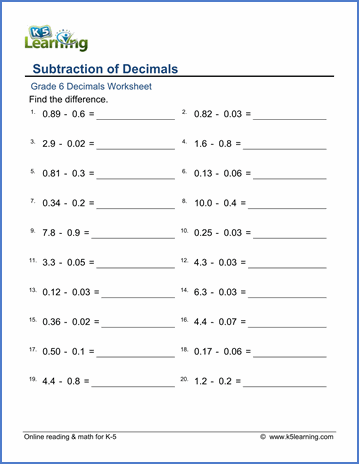 And therefore there are not so many endings in English - only three: -s (-es), -ed and -ing . For comparison, Russian is a synthetic language, and it is morphemes that carry the grammatical load in it.
And therefore there are not so many endings in English - only three: -s (-es), -ed and -ing . For comparison, Russian is a synthetic language, and it is morphemes that carry the grammatical load in it.
So, let's look at the most common uses of English endings.
Ending
-s (-es)Ending -s (-es) can be found in the following cases: For example:
dog - dog s
book - book s
When a word ends in -ss, -x, -z, -ch, -sh, or -o, the ending takes the form -es. For example:
Church - church es
box - box es
tomato - tomato es
that occur constantly, every day, systematically.
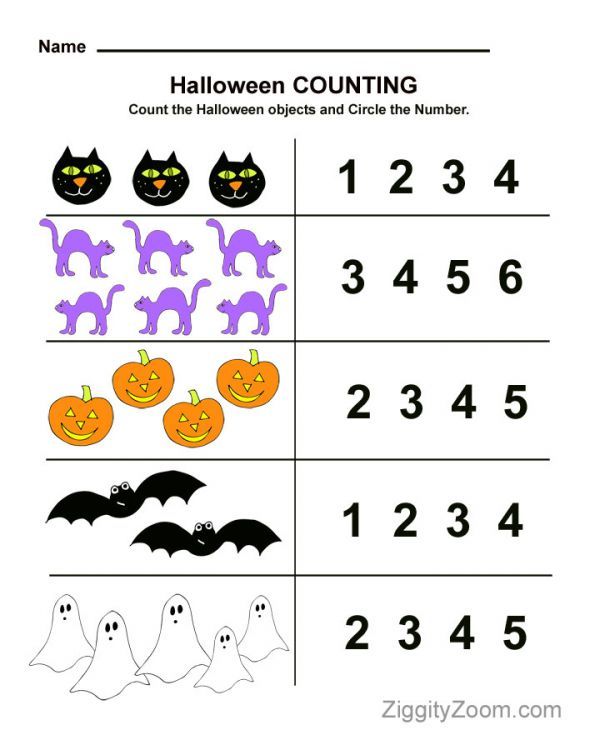 It uses the base form of the verb, and in the 3rd person singular (he, she, it) also adds the ending -s (-es) as a verb ending. For example:
It uses the base form of the verb, and in the 3rd person singular (he, she, it) also adds the ending -s (-es) as a verb ending. For example: She play s tennis every weekend. She plays tennis every weekend.
Sometimes my grandmother watch es soap operas. Sometimes my grandmother watches soap operas.
She plays tennis every weekend. She plays tennis every weekend.
Possessive case of nouns
By and large, the possessive case ending should be considered separately, since it has a different history and is written through apostrophe ( ' ). For example:
John 's car
My daughter 's book
If the word is plural or originally ends in -s, only an apostrophe is added at the end of the word. For example:
Her parent s' house - the house of her parents
Jame s' coat - James's coat .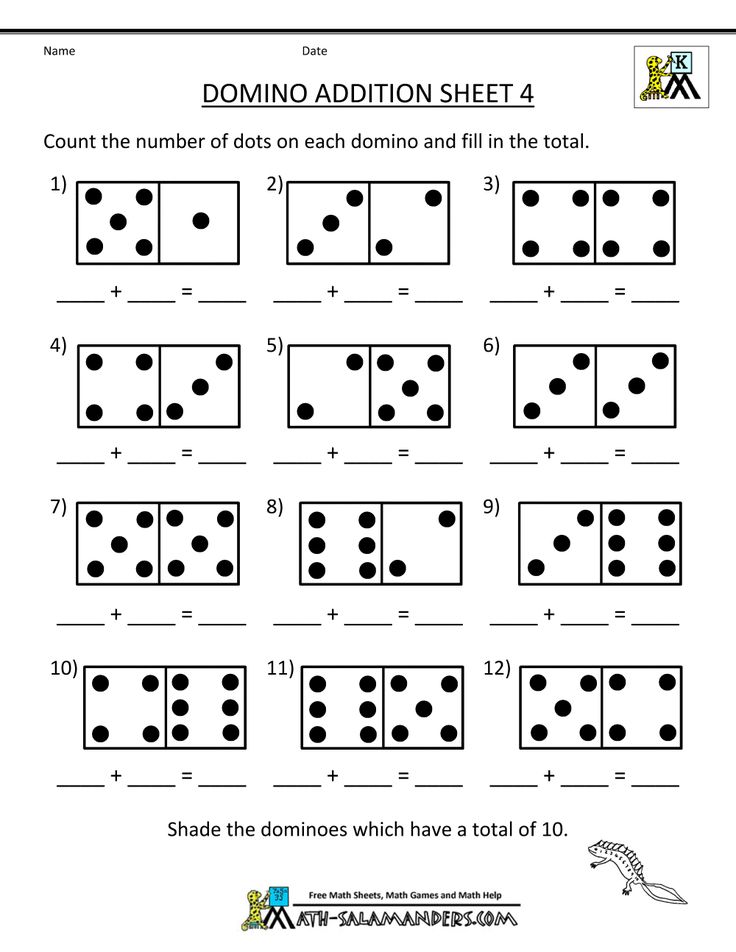
Demo lesson for free and without registration!
Take a lesson, learn about the school and get a promotional code for English classes
Ending
-ed in EnglishThe second form of the regular verb
This form is used to express the Past Simple tense. For example:
Yesterday he paint ed the window frame. Yesterday he painted the window frame.
Third form of the regular verb (past participle)
Used in perfect tenses - Present Perfect, Past Perfect and others. For example:
She has liv ed here since childhood. She has been living here since childhood.
The rain had stopp ed when we left home. The rain stopped when we left the house.
The past participle often acts as a definition.

For example:
Clos ed door
Well-dress ed woman
Word endings with
-ing in EnglishThe fourth form of any verb (present participle)
As you know, the fourth form of the verb (ing) is used in the group of continuous tenses. For example:
She is sleeping ing now. - She's sleeping now. (Present Continuous)
Yesterday at six I was wash ing my car. Yesterday at 6 I was washing the car. (Past Continuous)
The present participle can also play the role of a definition. For example:
Bark ing dog
Bloom ing tree
Gerund / verbal adjective
Swimm ing is good for health.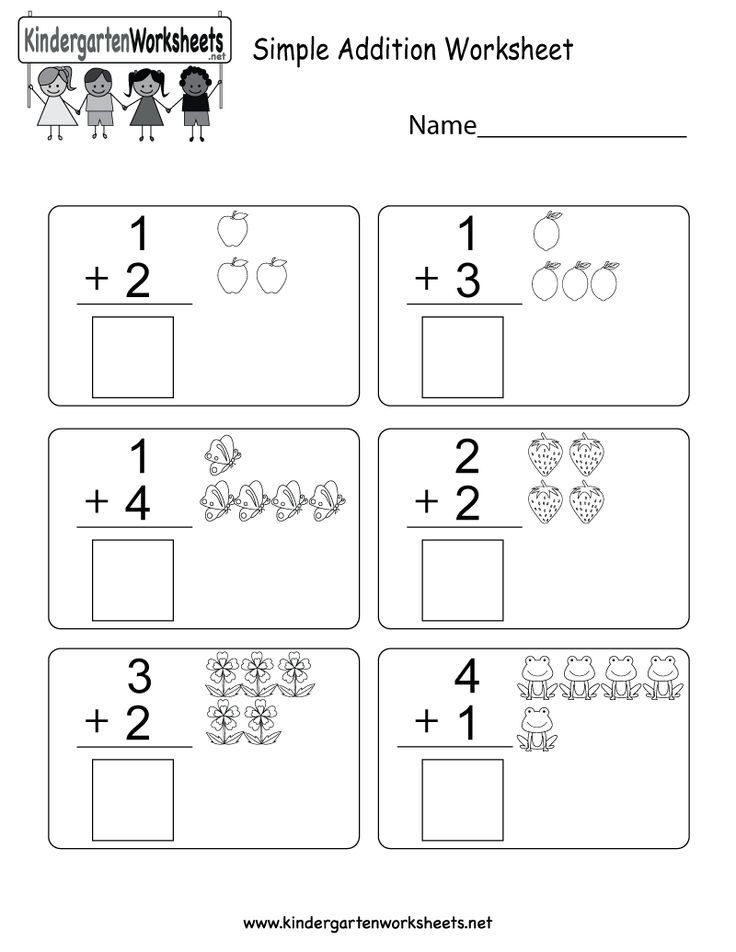 - Swimming is good for health.
- Swimming is good for health.
I like to eat ing outdoors. — I like to eat outdoors.
As you can see, the rules for using endings in English are not complicated at all. Memorize them, because this simple topic will help you further your English grammar.
Are you happy that there are so few endings in English?
Check if you know the top 100 English words
Read on:
What you didn't know about suffixes in English
Remember that not all English verbs can be used with the ending -ed - about 200 verbs are irregular and conjugate according to special paradigms.
Edition Skyeng
To the previous article
Forms of the verb to live
for the next article
5 Rules for the use of an uncertain article in English
9201 Free in a convenient format
9000We will show the platform and answer questions
We will determine the level and select the course
We will tell you how
taking classes
How to spell English verbs ending with -s, -es
Test your English and get learning tips
Check it out for free
170.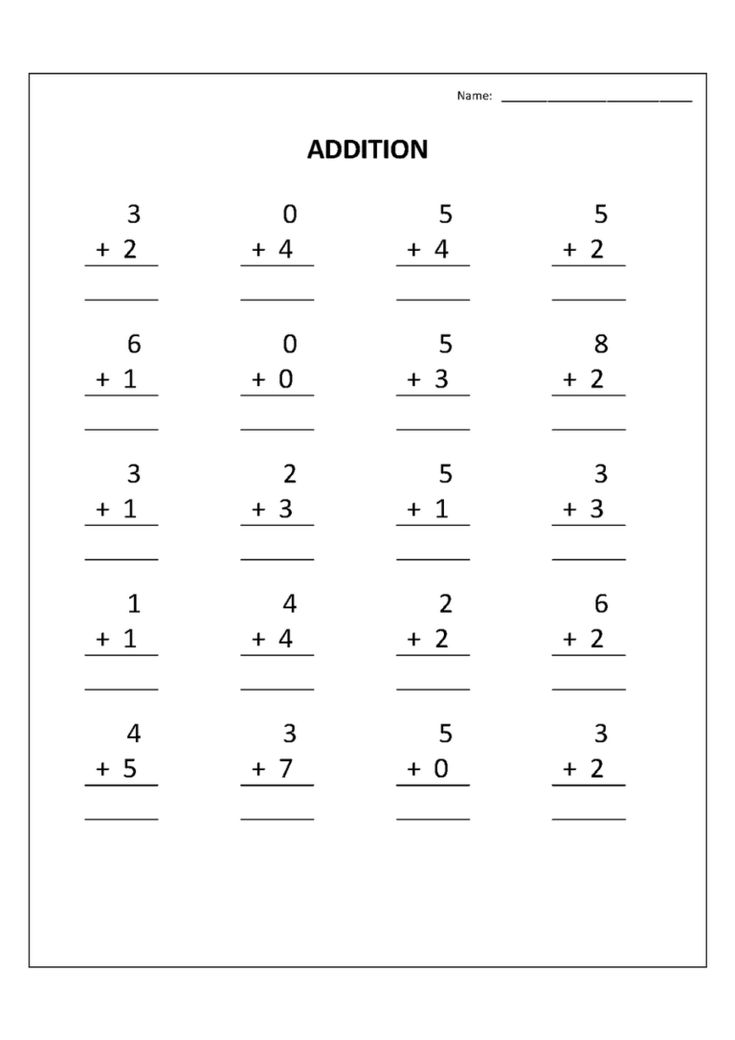 9K
9K
Actors don't pronounce -s/es in foreign movies with verbs to show that the hero does not know English well. If you want to give a different impression, remember the rules for using these endings.
English test
Find out your level, get recommendations for learning and a promotional code for English lessons as a gift
You are actively studying English, which means you are exactly familiar with the s/-es endings. Similar morphemes are used by native speakers to form the plural of nouns. This time we will focus only on verbs.
When to put the ending -s/-es on verbs in English?
The ending -es or -s is added to the verbs when forming the Present Simple tense (present simple), if the subject in the sentence is in the form of the 3rd person singular. It can be any singular noun or the pronoun he/she/it - he, she, it.
-
- She makes a great curry!
- she makes amazing curry
-
- Mother likes sushi
- mom likes sushi
-
- He drives a car
- he drives a car
-
- Peter loves traveling
- Peter loves to travel
-
- It feels amazing!
- feeling amazing
Exception: They want to go clubbing (They want to go clubbing).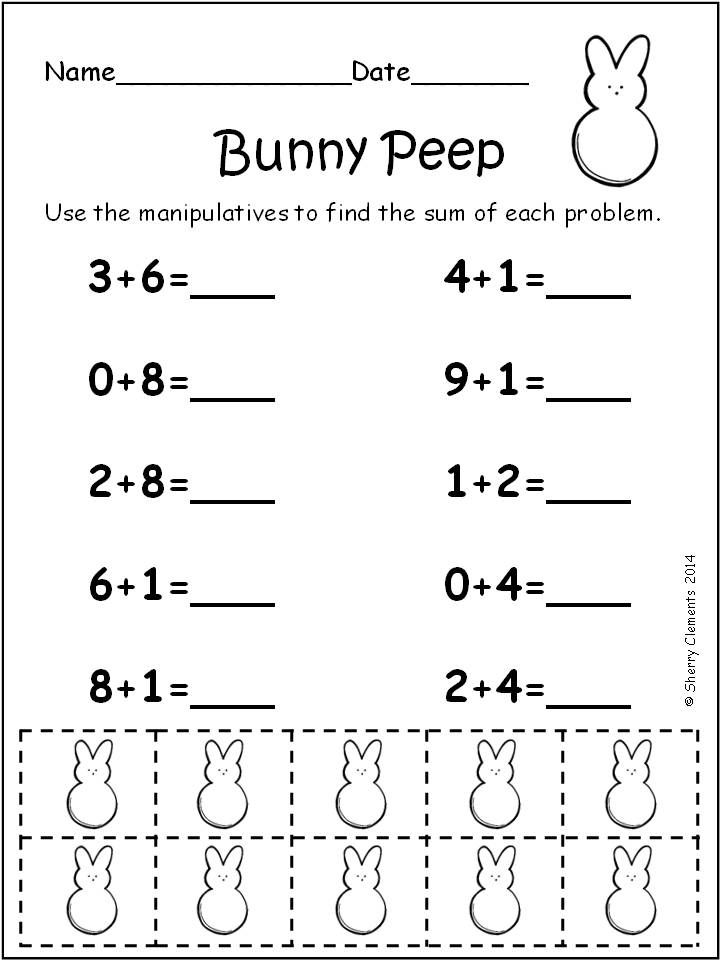
Demo lesson for free and without registration!
Take a lesson, learn about the school and get a promotional code for English classes
What is Present Simple?
The Present Simple is used when talking about regular, recurring events. To correctly build a sentence in the present simple tense, the semantic (that is, the main, main) verb must be substituted with the ending -es or -s. The choice of ending will depend on the form of the verb. The transformation of a verb from an infinitive (dictionary form) into Present Simple looks like this. Examples:
Examples of transforming a verb from an infinitive (dictionary form) into Present Simple
How to choose the ending of a verb in the present simple tense: rules
Rule #1. -S at the end of a verb in English.
Most often, English verbs in the present tense will be written with the ending -s. In order not to be mistaken, pay attention to the stem of the verb.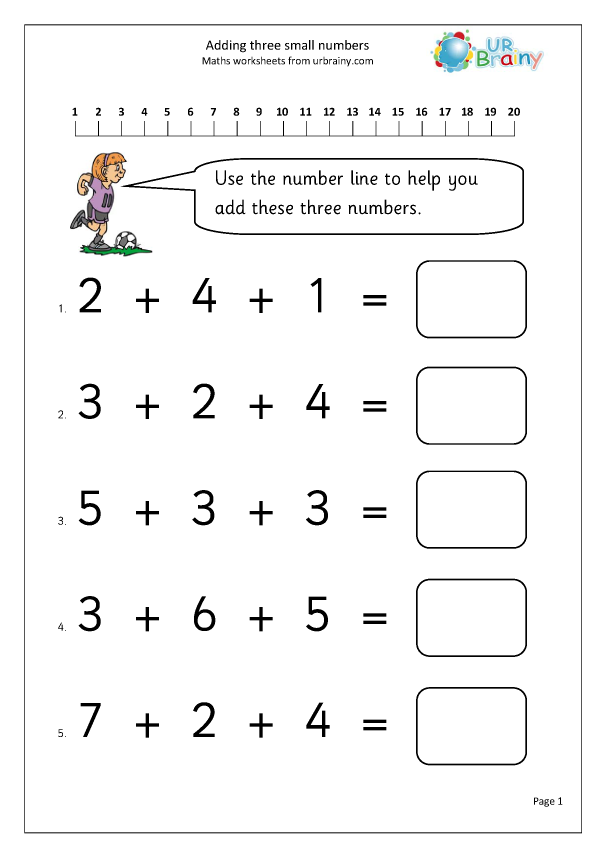 The ending -s is used in the following cases.
The ending -s is used in the following cases.
-ES at the end of a verb in English
Verbs can change spelling when they use the -es ending. Consider all such cases with verbs in the form of the 3rd person singular.
Rule #2. -ES at the end of a verb in English.
- After -y. If the verb (in unit h) ends in a consonant + y, then the ending will change to -ies. For example, to carry - he carries. If the verb ends in a vowel + y, then only the ending -s is added to the noun . For example, to cry - he cries.
- After -s, -sh, -ss, -tch, -x, -z, -ch. If the verb (in singular h) ends in hissing -s, -sh, -ss, -tch, -x, -z, -ch , feel free to add the ending -es to it. For example, to buzz - he buzzes, to sketch - he sketches.
- After -o. Verbs ending in -o will take the ending -es in the present simple tense. For example, to do - he does.
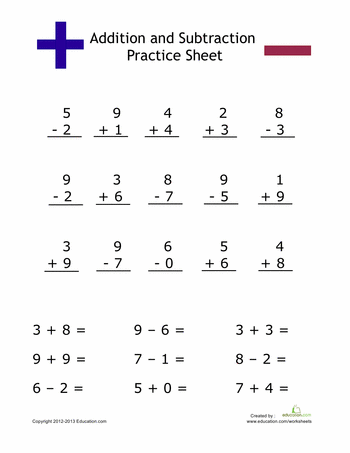
Other examples of adding the -es ending are shown in the table.
examples of adding the ending -es
By the way, when forming the plural of nouns, use the same rules.
-
- One watch - many watches
- one hour - many hours
-
- One banana - many bananas
- one banana - many bananas
-
- One fly - many flies
- one fly - many flies
-
- One bank - many banks
- one bank - many banks
-
- One dollar - many dollars
- one dollar - many dollars
How to pronounce English verbs ending -s (-es)?
There are three pronunciations of the ending -s (-es): [s], [z], [iz]. The choice of pronunciation will depend on the sound with which the stem of the verb ends.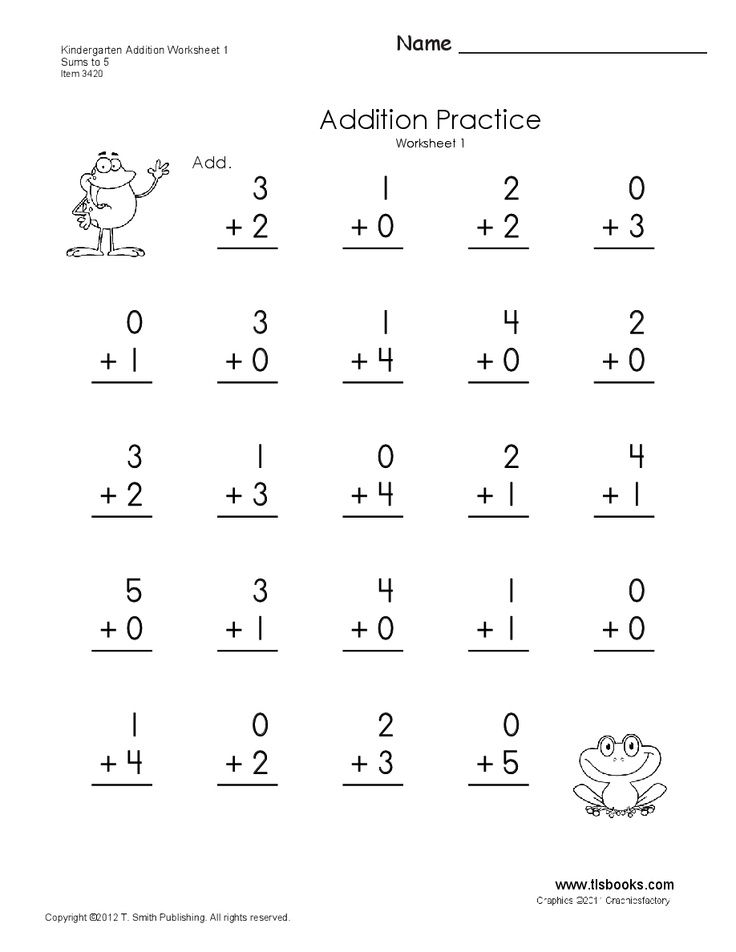
- The ending -s is read as [s] if it is preceded by a voiceless consonant.
- e.g.
- To ask - he asks, To cook - he cooks.
- If a word ends in an unreadable vowel -e, such as like, the ending of the verb likes will also be read as [s]. Remember that you need to pay attention to the last sound, not the letter.
- e.g.
- To debate - he debates, To make - he makes.
- The ending -s reads like [z] if it is preceded by a voiced consonant or a pronounced vowel.
- e.g.
- o love - he loves, To dig - he digs, To play - he plays, To listen - he listens.
- The ending -es is always read as [iz].
- e.g.
- To mix - he mixes, To mash - he mashes. However, this ending should not be confused with -s after the unreadable vowel -e in the stem of the verb. For example, To grate - he grates, To bake - he bakes.
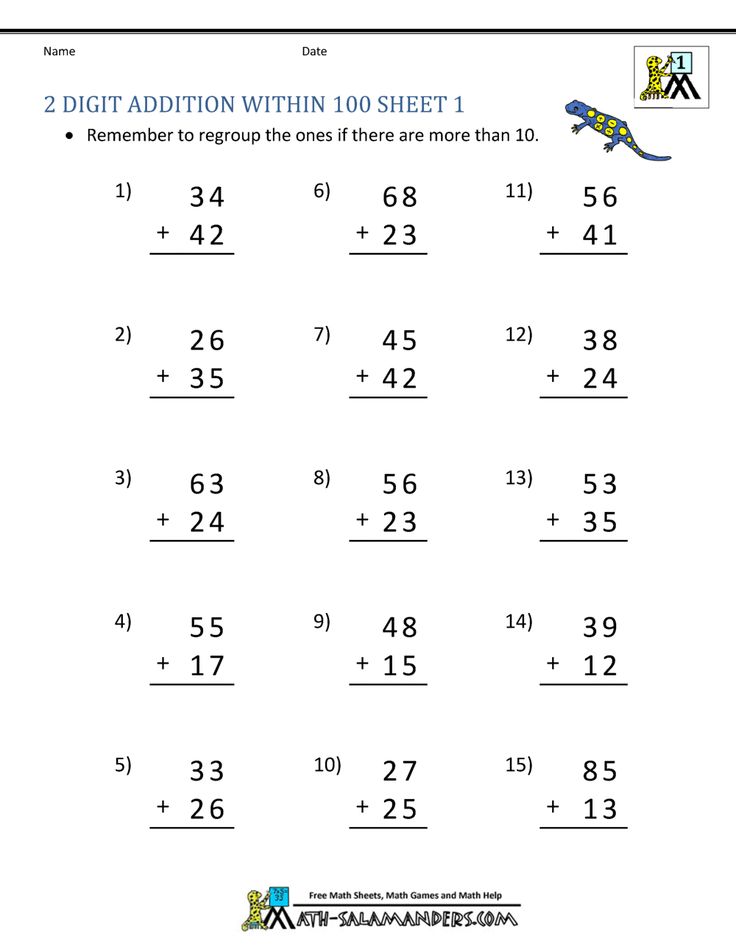
The 3rd person singular verb form must be memorized in order to correctly use auxiliary verbs in English.
Auxiliary verbs ending in -s
The ending -s can be seen in the auxiliary verb to be in the present and past tenses, and also in the auxiliary and semantic verb have. For example:
- Present. To be - is.
- He is a wonderful teacher!
- he is an excellent teacher.
- Past tense. To be - was.
- He was a wonderful teacher!
- he was a great teacher
- Auxiliary verb has.
- He has come home early
- he came home early
- Semantic verb to have.
- He has many medals
- he has many talents
When is it not necessary to put the ending -s (-es)?
Only the endings -es and -s are added to verbs in affirmative sentences.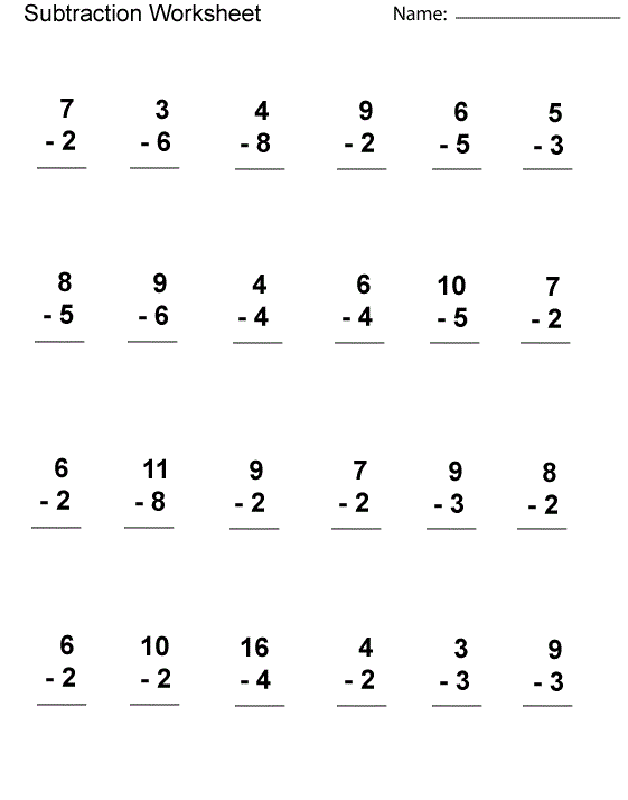 When an interrogative or negative sentence is given in the Present Simple, the auxiliary verb to do takes on the role of a tense marker and it is to it that the ending of the present simple tense will be attached. For example:
When an interrogative or negative sentence is given in the Present Simple, the auxiliary verb to do takes on the role of a tense marker and it is to it that the ending of the present simple tense will be attached. For example:
-
- Does he want ice cream?
- he wants ice cream
-
- Does Maria like swimming?
- Maria loves to swim
-
- Masha does not appreciate the money
- Masha does not value money
-
- Simon doesn't participate in games
- Simon does not participate in games
Modal verbs
There are verbs in the English language that retain their dictionary form, despite the person of the subject with which they are associated. The so-called "modal verbs" add a semantic connotation to the main verb and express the meaning of possibility, necessity, probability, desirability, and so on.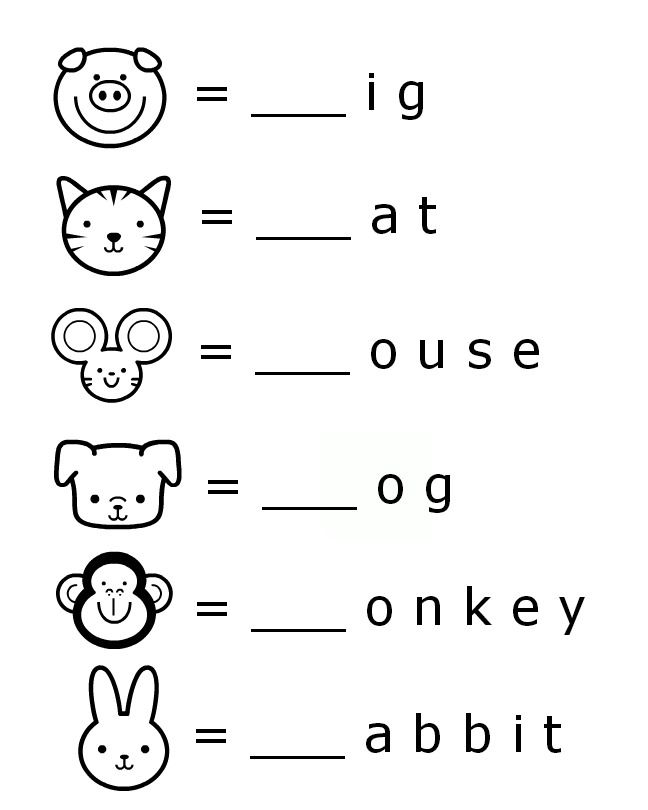 When such a verb comes after the subject in the Present Simple, the endings -es and -s are not added to the semantic verb.
When such a verb comes after the subject in the Present Simple, the endings -es and -s are not added to the semantic verb.
Examples of using the ending -es when the verb comes after the subject in Present Simple
Compare a few examples:
-
- He swims in the lake every summer
- he swims in the lake every year
- He can swim_ in the lake every summer
- he can swim in the lake every year
-
- Maria loves inviting people over
- Maria likes to invite guests
- Maria should invite people over
- Maria should invite guests
Conclusion
Skillful use of the endings -es and -s in present tense verbs - is the first step to fluency in English. This is the base of the English language, but many foreigners still make mistakes when using the endings -es and -s: either they do not substitute them at all, or they pronounce them incorrectly.

